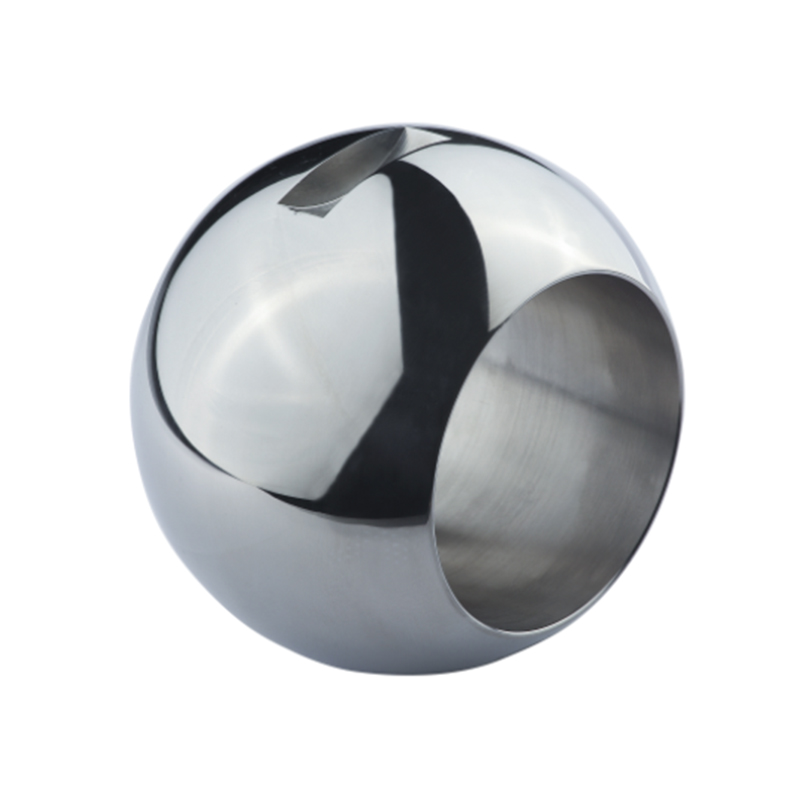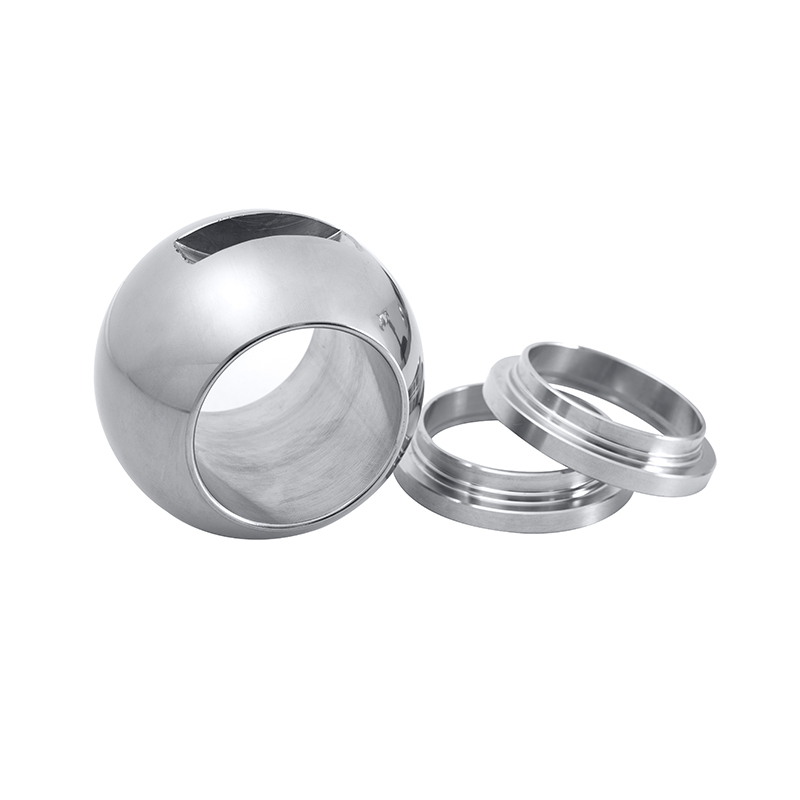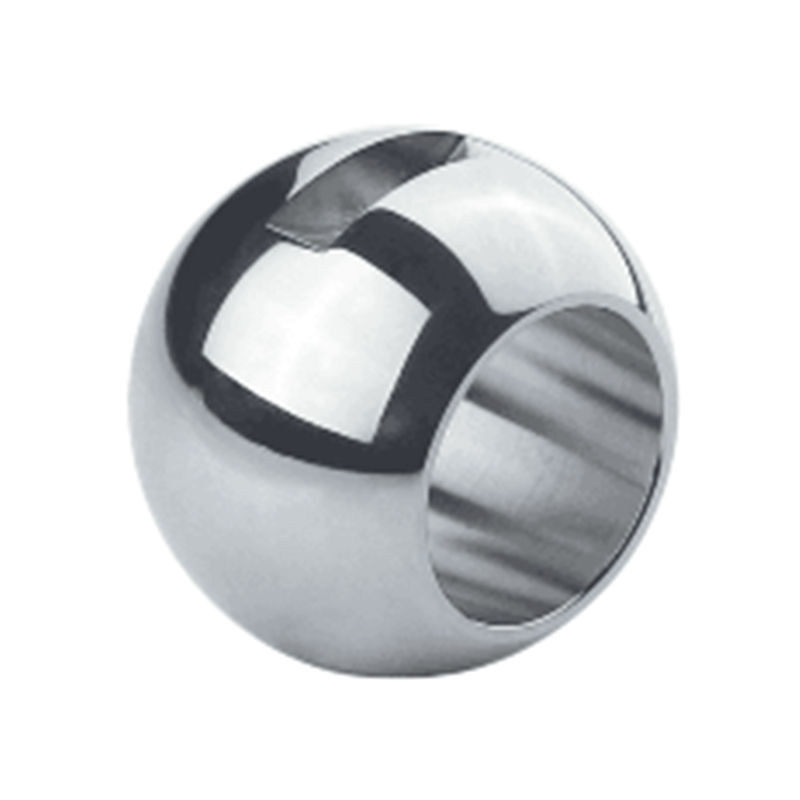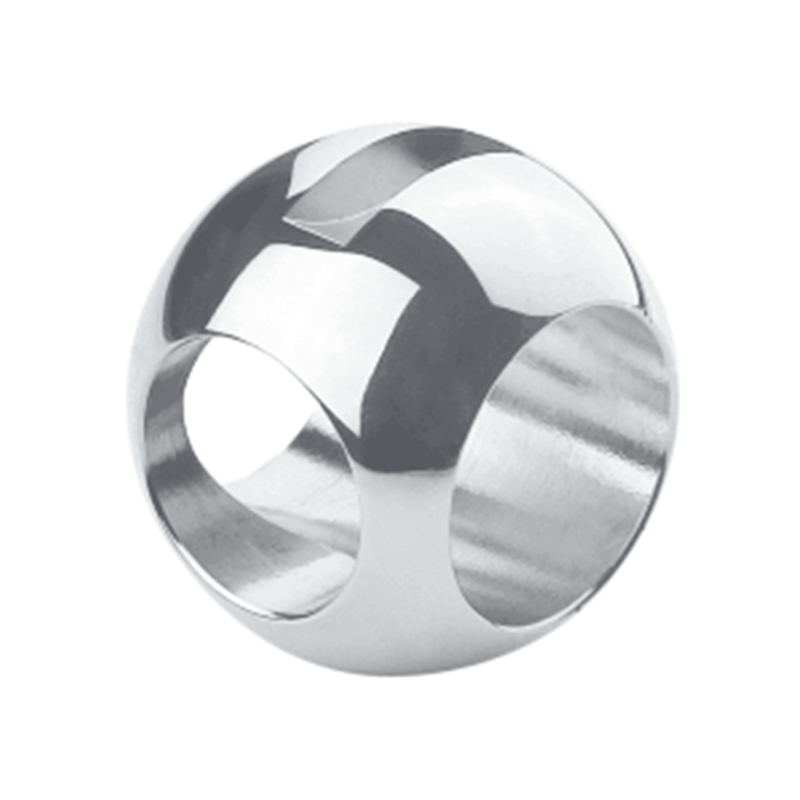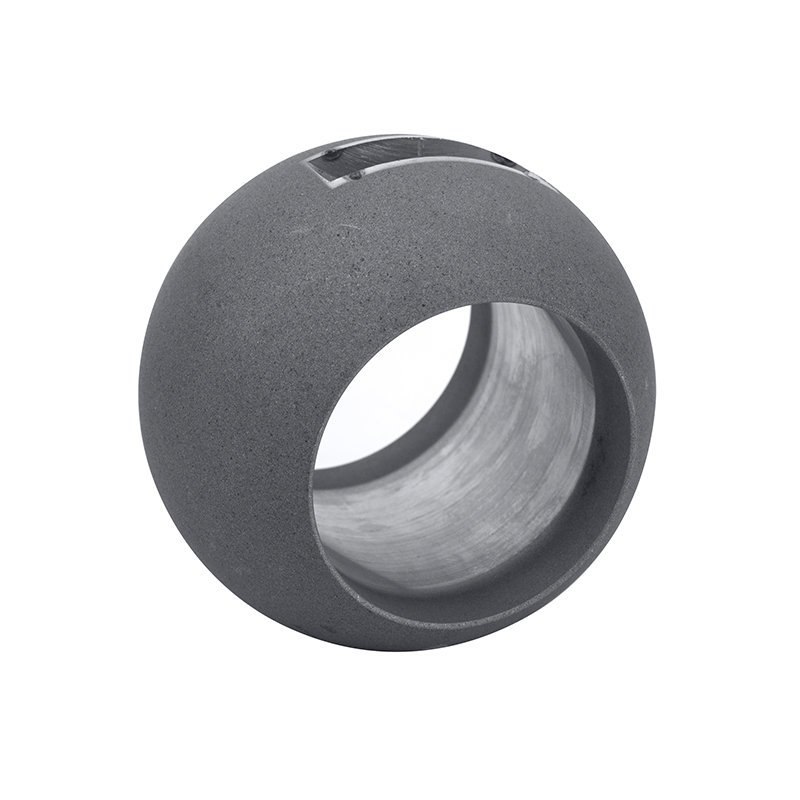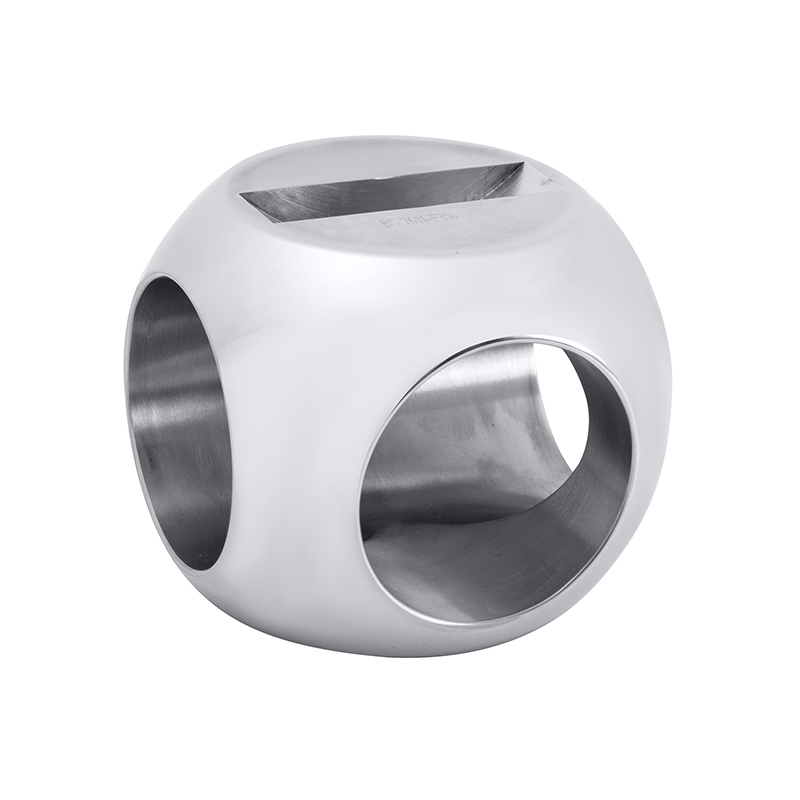This article explores the applications and benefits of high quality ball valves, butterfly control valves, and 3 way high pressure ball valves within natural gas infrastructure, emphasizing how these valves meet the demanding requirements of high-pressure environments.
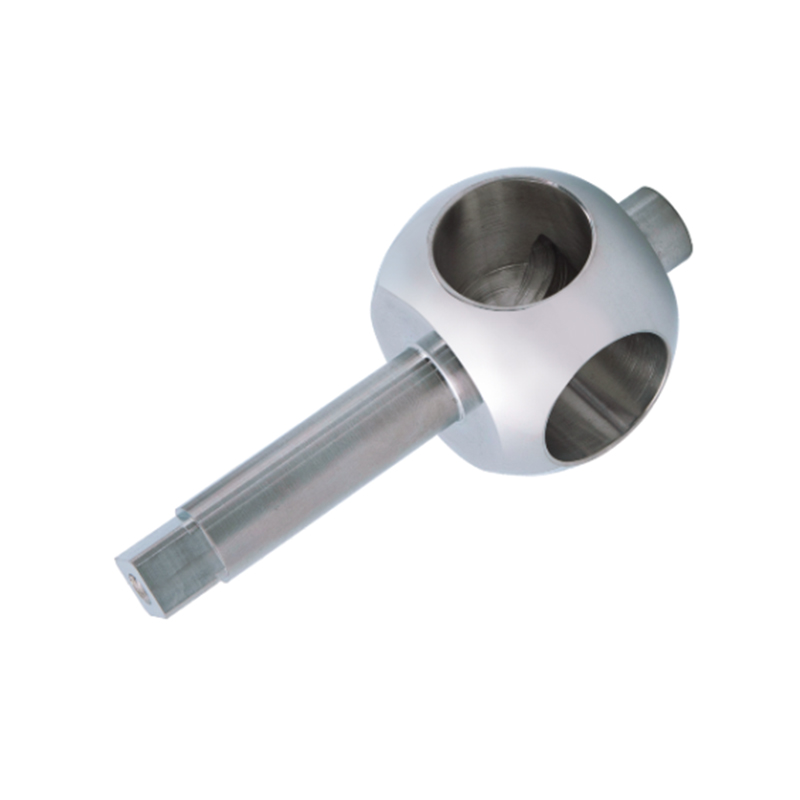
High Quality Ball Valves in Natural Gas Systems
Ball valves are widely used in high-pressure natural gas systems due to their robust construction and reliable sealing capabilities. A high quality ball valve typically features a spherical closure unit that rotates within the valve body to control flow. This design offers tight shut-off with small leakage, an essential attribute when handling high-pressure gas that demands stringent safety and containment measures.
High quality ball valves are constructed from materials that can withstand the corrosive effects of natural gas and the mechanical stresses of high pressure. Common materials include stainless steel and carbon steel with special coatings to improve wear resistance and longevity. These valves also often include resilient seats made from materials such as PTFE or reinforced composites, which maintain sealing integrity under harsh conditions.
One key application of high quality ball valves is in isolation and shut-off functions along natural gas pipelines. Their quick quarter-turn operation allows operators to swiftly start or advanced gas flow, which is vital during maintenance or emergency shutdowns. The ability of ball valves to handle high-pressure gas without significant pressure drop or flow turbulence makes them favorable for critical control points in the system.
Butterfly Control Valves: Precision Flow Regulation
While ball valves excel in on/off control, butterfly control valves are commonly used where flow regulation and throttling are required. A butterfly control valve operates by rotating a disc within the flow path, modulating the amount of gas passing through. The compact design of butterfly valves and their relatively low weight make them suitable for large diameter pipelines, which are common in natural gas distribution.
Butterfly control valves are designed to provide stable flow control under varying pressure conditions. In high-pressure natural gas systems, these valves can adjust flow rates precisely, helping to maintain system balance and optimize gas delivery. The disc and seat materials are chosen to endure high pressures and resist wear caused by the flowing gas, ensuring long service life and dependable performance.
Additionally, butterfly control valves often feature automation options for remote operation and integration with system control software. This capability is particularly useful in modern natural gas infrastructures where real-time monitoring and control enhance operational efficiency and safety.
3 Way High Pressure Ball Valves for Versatile Flow Management
The 3 way high pressure ball valve offers a versatile solution for applications requiring the ability to divert, mix, or shut off flow between multiple pipelines. Unlike standard two-port ball valves, the 3 way configuration includes an additional port, allowing more complex flow control schemes.
In natural gas systems, 3 way high pressure ball valves are employed in scenarios such as switching between supply lines, diverting gas to different processing units, or mixing gases from separate sources. Their design ensures reliable sealing and flow control even under high-pressure conditions, maintaining system integrity and less leakage risks.
These valves come in various port configurations, such as L-port and T-port designs, which provide different flow path options depending on operational requirements. The high pressure rating of these valves ensures that they can be safely incorporated into critical sections of the gas system where pressure demands exceed standard valve capabilities.
Integration and Selection Considerations
When integrating these valves into high-pressure natural gas systems, engineers must carefully consider the specific functional requirements, pressure ratings, and material compatibility. High quality ball valves, butterfly control valves, and 3 way high pressure ball valves each bring unique capabilities that, when properly selected and applied, contribute to the overall reliability and safety of the system.
Maintenance accessibility and ease of operation are also important factors. For example, ball valves are typically easier to maintain due to their simple design and fewer moving parts, whereas butterfly control valves provide finer control at the cost of slightly more complex internal components.
Conclusion
Valve technology is fundamental to the performance and safety of high-pressure natural gas systems. High quality ball valves offer reliable shut-off performance, butterfly control valves provide accurate flow regulation, and 3 way high pressure ball valves deliver flexible flow management options. Each type plays a critical role in addressing the operational challenges presented by high-pressure natural gas infrastructure. Selecting the appropriate valve type and ensuring adherence to quality standards are essential steps to support the continuous and safe delivery of natural gas.

 English
English Español
Español Deutsch
Deutsch
